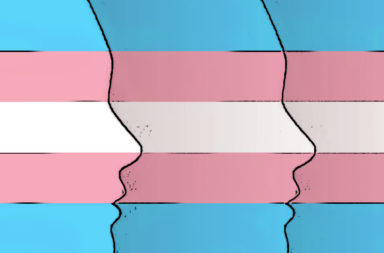A recent survey by the Society for Human Resource Management (SHRM) found that 57% of recruiters say their talent acquisition strategies are designed to attract diverse candidates.
Achieving greater diversity in the workplace has been proven to produce a more innovate, creative and effective workforce.
What Is Diverse Hiring?
Diverse hiring is a strategy that purposely focuses on creating job advertisements that are free from biases this could be related to a candidates age, race, gender, religion, sexual orientation and other characteristics that do not relate to their ability to carry out specific job requirements.
Confusion over diversity hiring sometimes lies in the mistaken perception that the goal of diversity recruitment is to increase workplace diversity for the sake of diversity.
The goal of diversity hiring is to identify and remove potential biases in sourcing, screening, and shortlisting candidates that may be ignoring, turning off, or accidentally discriminating against qualified, diverse candidates.
Benefits of A Diverse Workplace?
Diversity has become a top priority for recruitment and talent acquisition based on the stats below, it is easy to see why:
- Companies that have more diverse management teams have 19% higher revenue. Source: Boston Consulting Group (BCG)
- Research conducted at Harvard Business School found that having multicultural social networks increases your creativity.
- A survey by Glassdoor found 67% of people consider diversity an important factor when deciding where to work.
- 57% of employees want their company to do more to increase diversity. Source: Glassdoor
Creating A Diverse Hiring Strategy
Job Descriptions
If you want to attract a more diverse candidate pool, the language you use in your job posting makes a difference.
A study on job postings found those using masculine-type words like “ambitious” and “dominate” were less appealing to female applicants.
Show your existing workplace diversity
One of the biggest barriers to increasing workplace diversity is that diversity attracts diversity. Glassdoor found that 67% of job seekers use diversity is an important factor when considering companies and job offers.
Take a look at the pictures and videos of your workplace on your website and social profiles. Pictures and videos of your employees should show their diversity.
Use sourcing methods that contain more diverse candidate pipelines
One of the reasons why candidate pipelines can be a bottleneck for diversity is a reliance on hiring through referrals.
In general, people’s networks are comprised of people who are similar to them demographically.
McKinsey’s research on diversity found that when men are asked about their professional networks, 63% of them state it’s comprised of “more or all men” vs. 38% of women who state the same.
LinkedIn’s data found that women are less likely to rely on their networks and more likely to search for jobs on third-party websites and online job boards.





